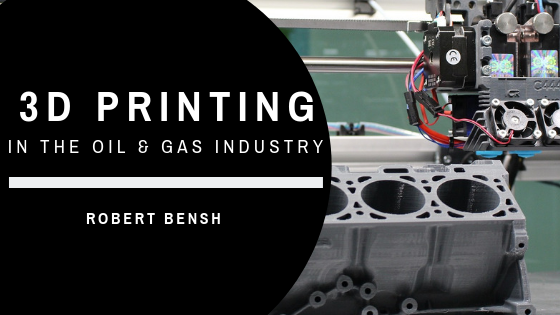The benefits of 3D printing are being observed across various industries as this new technology works to improve processes and design. The oil and gas industry is no exception. Some reports estimate that 3D printing in oil and gas will reach $1.5 billion by 2025. But why? What can 3D printing do that we couldn’t do before?
3D Printing can produce complex shapes
One of the primary draws of 3D printing is its ability to produce complex shapes quickly and efficiently. Not only that, the technology is capable of reverse engineering shapes. This means that products previously assembled from multiple parts can now be created in a single, efficient piece.
This type of technology is imperative in the oil and gas industry thanks to heavy regulation and a strict focus on both environmental and personnel safety. The ability to create geometric shapes that are more efficient, cost-effective, safe, and productive is a massive win for an industry with such strict standards.
3D Printing accelerates the product development process
Equipment malfunctions in the oil and gas industry can be dangerous and costly, especially when it comes to the extraction process. 3D printing, however, can “rescue” certain situations when kept on site. Developers with 3D printers nearby are now able to quickly reproduce a piece or part on demand, which allows industry professionals to get back to work faster. There is no need to wait weeks or even days for a company in a completely separate location to produce and ship the proper component to the drilling or extraction site.
The faster a piece of equipment is back up and running, the more efficient the development process becomes, saving the industry and the country the large sums that often result from an obsolete site.
3D Printing allows for on-demand manufacturing
Like I mentioned above, 3D printing can produce parts on demand when kept on site. A significant number of parts used in the oil and gas industry are produced “made to order.” This means that they aren’t being manufactured unless someone requests them. Normally, this type of manufacturing procedure makes sense for low volume parts like the ones often found in the oil and gas industry. When you begin to consider the cost of an obsolete site, however, waiting until a part is needed to manufacture it seems rather ineffective.
3D printing speeds up the made to order process, while also allowing companies to experiment with innovative designs, techniques, and versions in a faster, more efficient manner.
